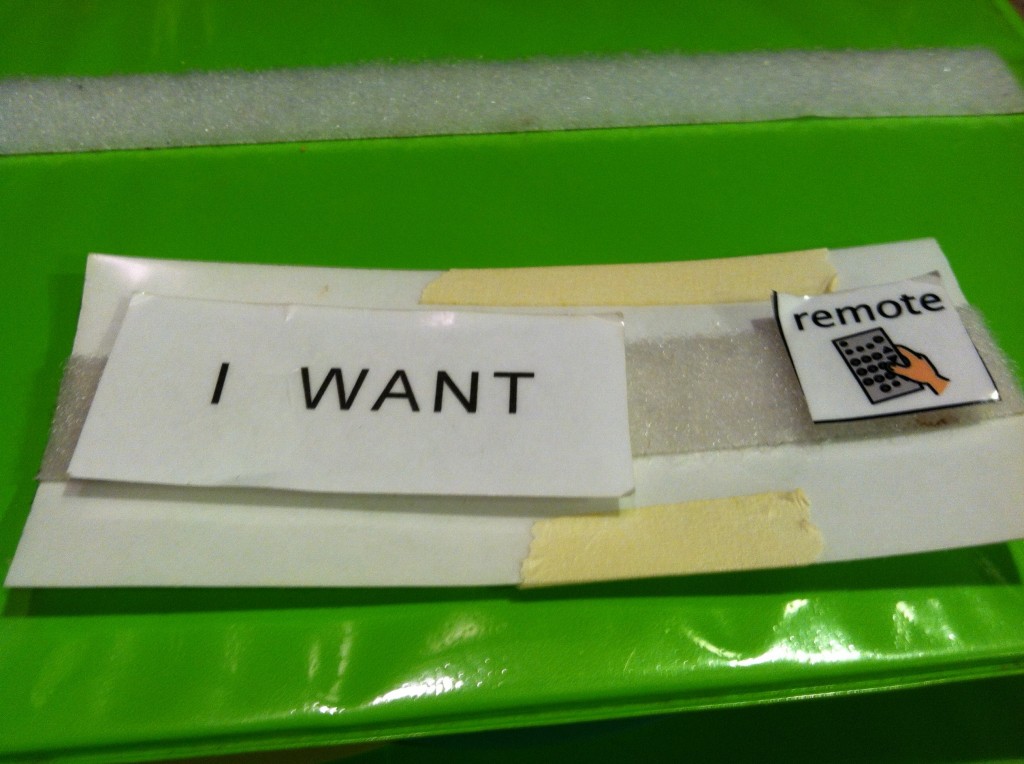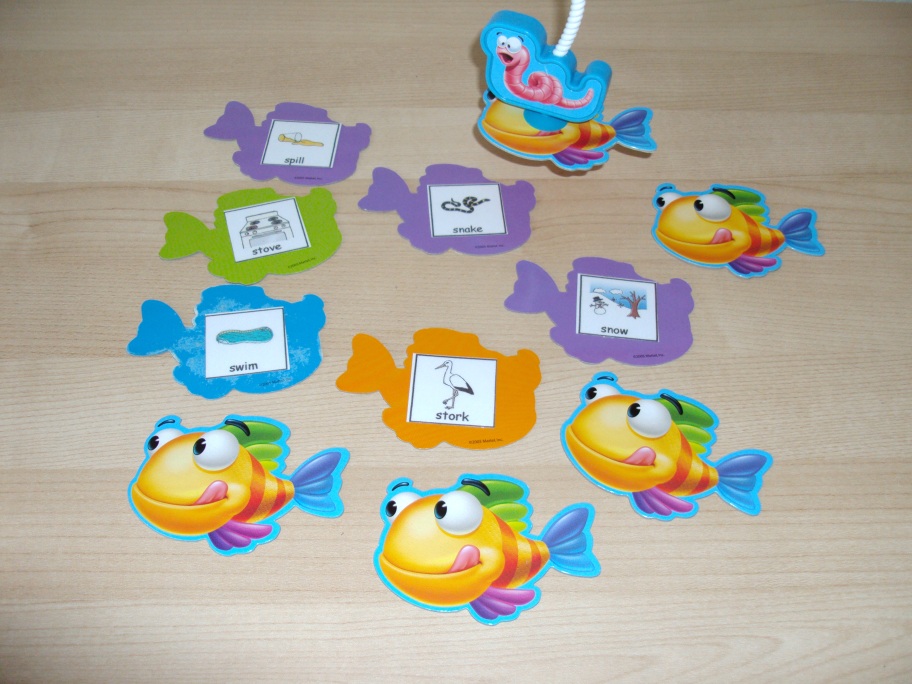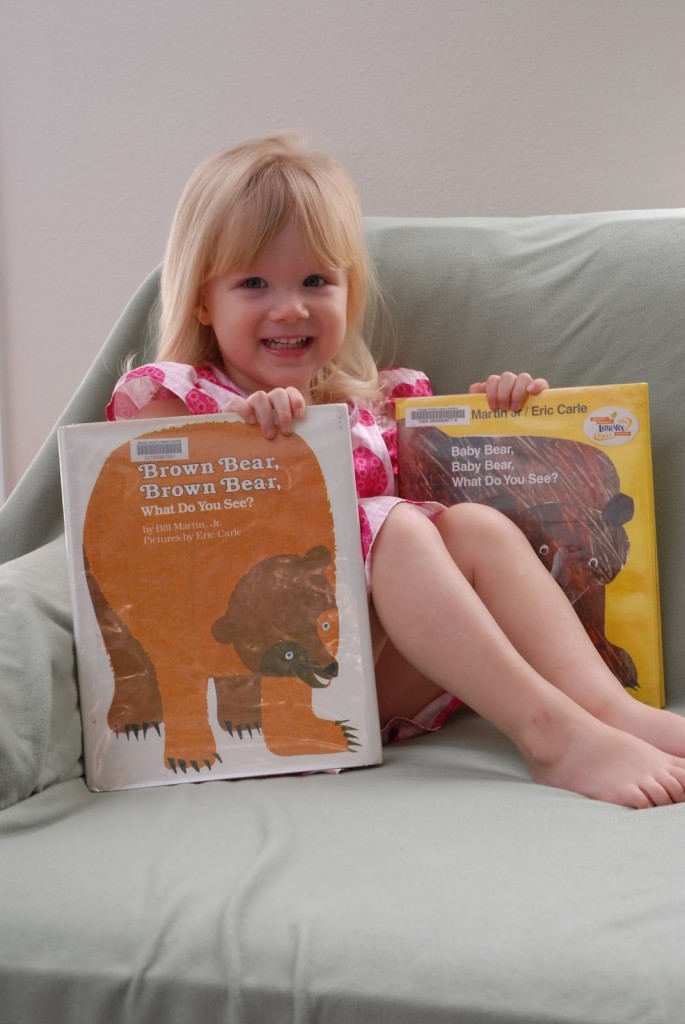When and How to Use Carrier Phrases in Speech Therapy
Sometimes children learning language need a little support in order to say more. A sentence such as a carrier phase in speech therapy can be used to jumpstart a sentence with some guidance or prompting to get the child started and helps expand the length of an utterance. You may have heard a few, the classic being, “I want…” but here are many ways and reasons to use carrier phrases to expand speech and language development including “I see…” or “I have…” to name a few.
Carrier phrases are a great step towards expanding sentences beyond a single word. This can include modeling two words or and entire phrase. Adults will often model the entire sentence for the child as an example, then give them only the beginning portion, the carrier phrase and let them complete the sentence. This can be useful in articulation or language focused therapy.
When addressing articulation, connected speech is often the most difficult situation to practice speech sounds. There are a lot of reasons for this challenge but the bottom line is, an entire sentence requires a lot more work! To ease the burden of having to construct an entirely new sentence while practicing the correct production of a single sound, a carrier phrase is introduced. For example, when working on the “t” sound, after mastering it at the single word level, a clinician might introduce it in a carrier phrase where the beginning of each sentence is the same and the child can then anticipate and focus on the upcoming “t” sound. When playing Go Fish, with only “t” words, the carrier phrase might be, “do you have a…[t word]?” Other phrases might be, “I caught a..” or “I found a ..”
When addressing language development, carrier phrases can help not only expand sentence length but introduce new functions. A sentence such as, “I want,” which is frequently used in the PECS system, is only one function (a request) but “I see” or “I like” etc are different ways to start a sentence and share information (labeling, commenting).
Consider, for children with a language learning delay, introducing phrases to help them expand language using books with repeated lines. The familiar pattern in a book like, Brown Bear Brown Bear can help children learn language more readily than with novel language on every page. Familiarity and patterns can be very useful in helping children see and make predictions about what will be on the next page because they are familiar with the pattern. During a read-aloud with a book such as Brown Bear Brown Bear, trying given a pause after you’ve read the familiar phrase (e.g., “I see a…”) and encourage the child to “fill in the next line.” Gradually reduce the amount of scaffolding you provide, in this case, fewer words, to encourage them to fill in more and more.
It’s not too much support to give a carrier phrase and in fact can be a very big stepping stone for children learning to master language. Give it a try!





